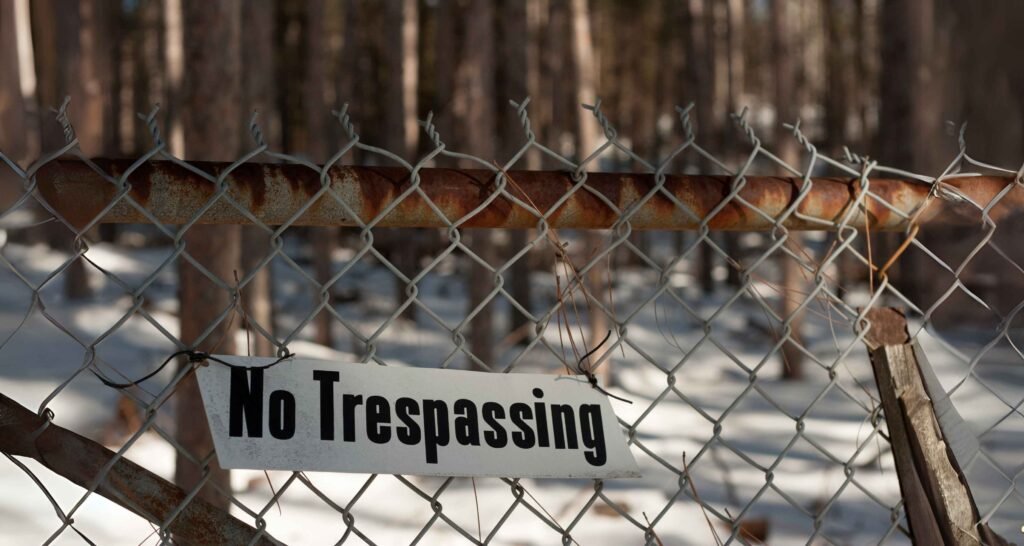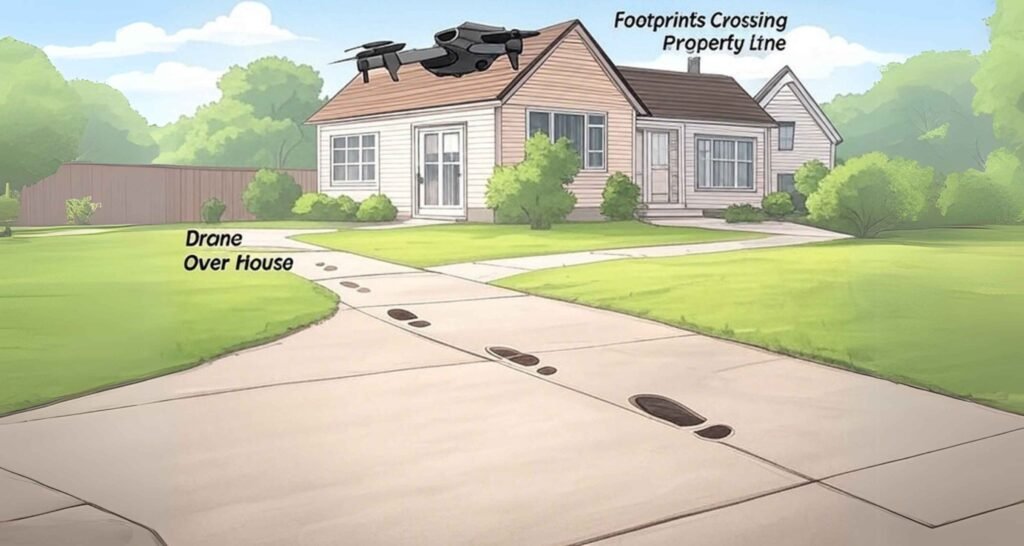
Introduction: What Is Trespass to Land?
Imagine coming home to find a stranger camping in your backyard without permission. Or perhaps a neighbor repeatedly cuts through your lawn despite your objections. These scenarios aren’t just annoying—they could be trespass to land, a well-established tort in common law.
Trespass to land occurs when someone intentionally enters another person’s property without lawful justification. It’s one of the oldest legal concepts, dating back to medieval England, yet remains highly relevant today—especially in disputes over property boundaries, unauthorized construction, or even drone intrusions.
But what exactly constitutes trespass? Are there defenses? And how do courts determine liability? Let’s break it down.

What Constitutes Trespass to Land?
Unlike some torts that require proof of harm, trespass to land is actionable per se—meaning the mere act of unauthorized entry is enough to sue, even if no damage occurs. However, certain elements must be proven:
1. Voluntary Act by the Defendant
The trespass must be intentional or negligent. Accidental entry (e.g., being pushed onto someone’s property) may not always qualify.
2. Physical Invasion of Land
This includes:
- Direct entry (walking, driving, or placing objects on the land).
- Indirect interference (throwing debris, flooding, or even sending drones).
- Remaining on land after permission is revoked (e.g., refusing to leave a store when asked).
3. No Lawful Justification
Authorized entry (e.g., police with a warrant) is not trespass. But mistaken belief (“I thought it was public land!”) is rarely a defense.
Real-World Examples & Case Law

📌 Case Study 1: Basely v. Clarkson (1681)
One of the earliest recorded cases where a landowner sued a neighbor for repeatedly cutting grass on his land. The court ruled that even harmless entry without permission is trespass.
📌 Modern Issue: Drone Trespass
With the rise of drones, courts now grapple with whether aerial surveillance constitutes trespass. In Boggs v. Meredith (2015), a Kentucky court ruled that low-altitude drone flights over private property could be trespass.
📌 Unintentional Trespass?
In League Against Cruel Sports v. Scott (1985), hunt protesters entered private land. The court held that even if the intent was protest-related, the physical entry was still trespass.
Defenses Against Trespass Claims
Not all entries are unlawful. Key defenses include:
✅ Consent (Express or Implied)
- If a “No Trespassing” sign is absent, courts may assume implied consent (e.g., delivery personnel entering a driveway).
- However, exceeding consent (e.g., a guest entering a locked room) revokes permission.
✅ Necessity
- Emergency situations (e.g., breaking into a house to save someone from a fire).
- But this doesn’t cover convenience (e.g., cutting through a yard to avoid traffic).
✅ Public or Legal Authority
- Law enforcement executing a valid warrant.
- Utility workers accessing land for repairs (if authorized by law).
Remedies for Trespass to Land
Victims can seek:
| Remedy | Description |
|---|---|
| Damages | Compensation for harm (even nominal if no actual loss). |
| Injunction | Court order to stop ongoing trespass (e.g., removing a structure). |
| Ejectment | Legal removal of the trespasser. |
In rare cases, punitive damages apply if the trespass was malicious (e.g., repeatedly ignoring warnings).
Trespass vs. Nuisance: What’s the Difference?
While both protect property rights, they differ:
| Aspect | Trespass to Land | Nuisance |
|---|---|---|
| Nature | Physical invasion. | Indirect interference (noise, pollution). |
| Proof | Actionable per se. | Must prove substantial harm. |
| Example | Someone enters your land. | A factory causes smoke affecting your property |
How to Protect Your Property from Trespass
- Post Clear Signs – “No Trespassing” notices strengthen legal claims.
- Secure Boundaries – Fences, gates, and surveillance deter unauthorized entry.
- Act Promptly – Courts favor landowners who enforce their rights consistently.
Conclusion: Why Trespass to Land Still Matters
From medieval disputes to modern drone debates, trespass to land remains a cornerstone of property law. Whether you’re a homeowner, business owner, or just curious about legal rights, understanding this tort helps protect against unauthorized intrusions.
A fence may keep out neighbors, but only the law can truly protect your land from trespass.
